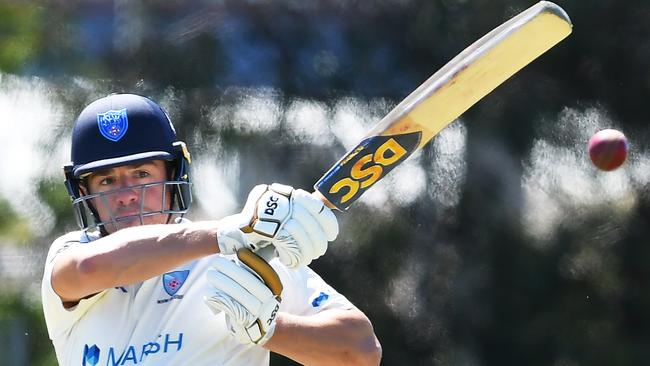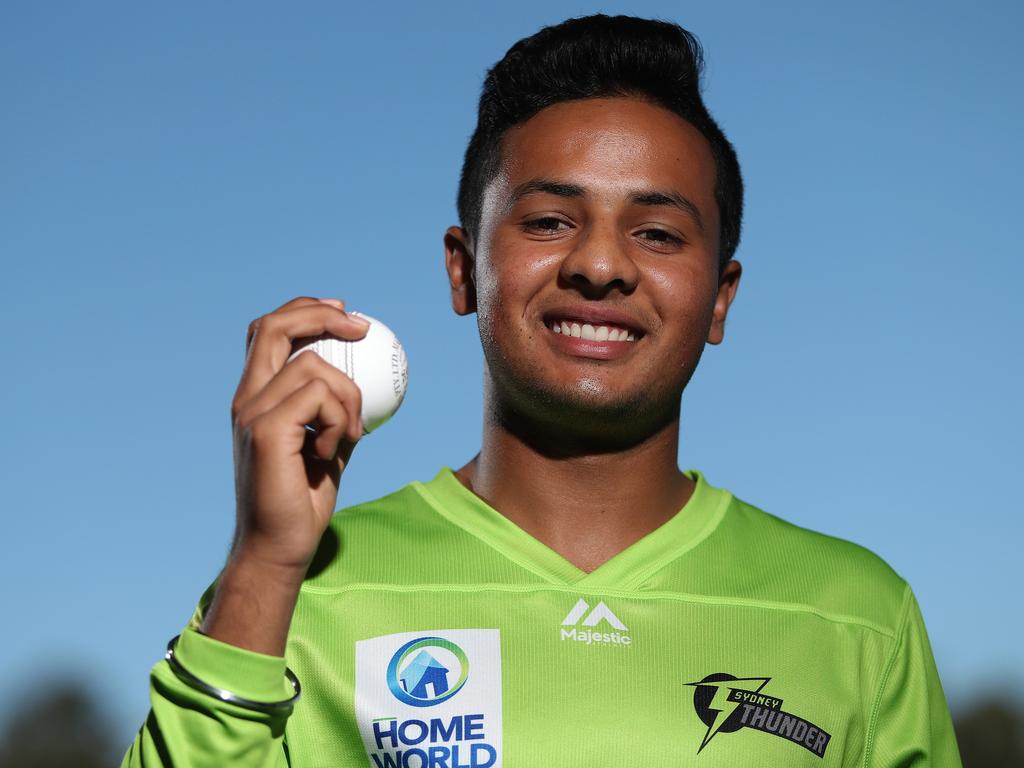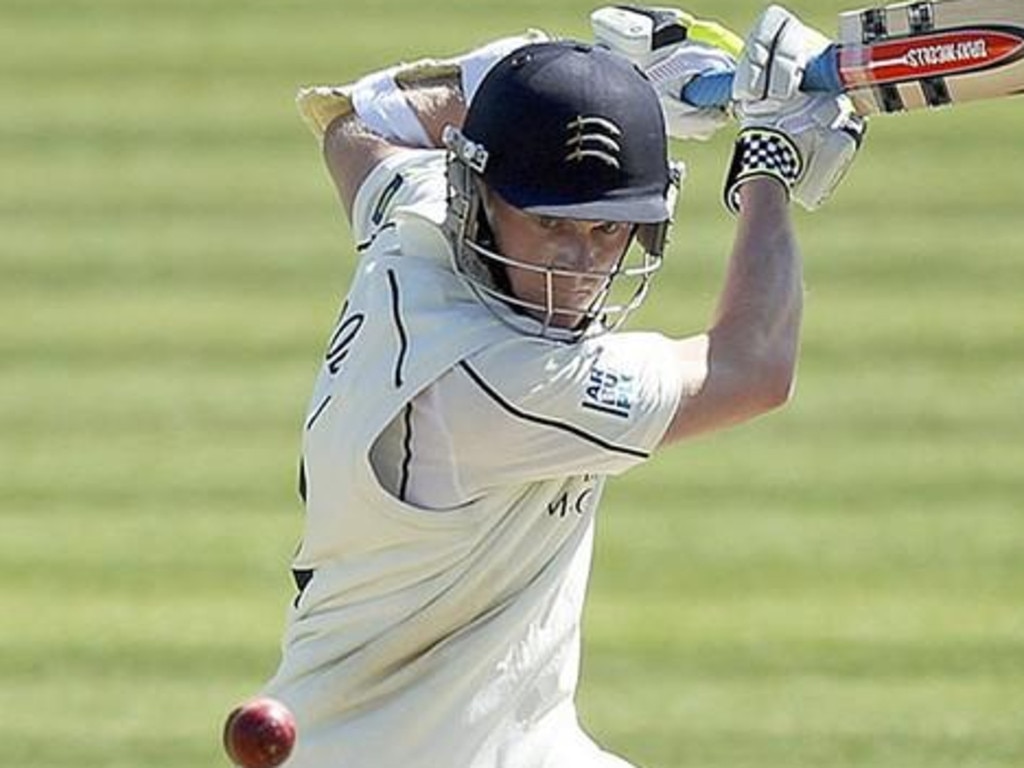Is Australian cricket out of its depth?
Does Australia have enough good cricketers to go round? We are about to find out.

Last week, selectors chose two baggy squads to bear the name “Australia” abroad simultaneously: a 19-member ensemble to play three Tests in South Africa, an 18-member party for five T20 internationals in New Zealand.
It is not unprecedented. As far back as 1929-30, England teams played in Test series on opposite sides of the world, in New Zealand and the Caribbean.
But England was drawing on a huge professional county system in a semi-amateur world. This country has six states, who at any one time field no more than 66 players, on whom 37 have now had international status conferred.
And so forth: that means that 37 places in the Sheffield Shield, also occurring simultaneously, must also be filled. NSW alone must replace an entire first-choice XI. COVID precluded a formal state second XI competition this season, but is now, in effect, partly restoring it, albeit with first-class status.
Part of this, of course, is the times. The simultaneous tours arise due to COVID catch-up cramming; the XL squads are because of the impossibility of replacing players from outside the biosecure bubble.
But it is certainly having perverse outcomes. Moises Henriques was added to the Australian unit after starting the Shield in perhaps the best form of his career. But if no vacancy should open in South Africa, his last year’s red ball quotient will have consisted of half a dozen innings, the last of them on November 11.
In the meantime, the wretched state is confirmed of South Australian cricket, able even midst this free-for-all to furnish Australia with only three players: Alex Carey, Travis Head and Kane Richardson. Maybe rather than prating about Australia Day, the SACA’s Andrew Sinclair could concern himself with the Redbacks having won two Sheffield Shield matches since February 2018 …
Interestingly, everyone seems resigned to the situation. Four years ago, Steve Smith was critical of a T20 series against Sri Lanka overlapping with Australia’s last tour of India: “I think the Australian public would love to see the best Australian team on the park for every game.”
In this case, the players have kept their own counsel: some might even be sanguine about undertaking the shorter trip to COVID-free New Zealand. And perhaps because the “Australian public” is involved only from afar, local objection has been muted.
But there will be administrative eyes on how this cricket version of quantum superposition goes.
Such arrangements loom as a solution to the congestion of the game’s post-COVID calendar, and would be another way to wring an extra buck from bilateral competition.
After all, would player associations object to a scenario that allows more members to preen themselves as internationals, and partially relieving some of the grind of constant touring?
And imagine the financial possibilities: not one team called Australia but two, or maybe even three, all busily generating monetisable content at once.
There would also, however, be implications. Once compromised, the idea of the nation being represented on the field by its best 11 cricketers at all times would be hard to regain.
Fans and media would interpret it, rightly, as a formula for weaker teams overall.
The ranks of multi-format cricketers, it is true, are not serried. But Australia will start their next T20I series without five of the XI that started their last T20I series. It’s robbing Aaron to pay Tim.
Except for a tiny minority, players would also find it harder to expand. Success in a format already tends to reinforce one’s typecasting. Just ask Glenn Maxwell.
Nor is it clear that Test cricket would always take precedence. Imagine the tugs involved were Australian teams scheduled, say, to play T20Is against India and Tests against Pakistan, with a decision needing to be made about a cricketer in the David Warner category, a first-choice in all formats.
Would the imperatives of Test cricket or the preferences of Indian cricket prevail?
This goes to an issue already with us: Australia’s reliance on the same old pond in our fishing for elite cricketers when the game requires more than ever.
For as players develop specialisations earlier, they tend to be hived off from the rest of the game.
Josh Philippe, for example, played his last red ball cricket more than 10 months ago; when will he next have a chance?
Now that this sublimely gifted striker has broken through in the Indian Premier League, Test cricket must look to Philippe like something it will be nice to fit in if his diary permits — and that is expensively nurtured talent effectively lost to the baggy green for the benefit of franchise T20.
It’s cricket’s equivalent of funnelling every half-bright kid into a STEM course — that excellent prescription for a semi-literate technocracy.
A world of multiplying international teams, one also suspects, looms as a world which India, with its vast talent pool and 30 first-class teams, would be well-placed to dominate.
On the evidence of the Border-Gavaskar Trophy, there is not much to choose between India’s first- and second-best players and Australia’s, but between their 20th-best and ours the gap is pretty significant. Given the risks of stretching an Australian system that’s already overtaxed, then, perhaps the message should be to be careful what you wish for.







How deep is Australian cricket? We are shortly to find out.